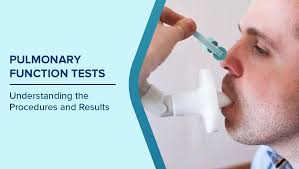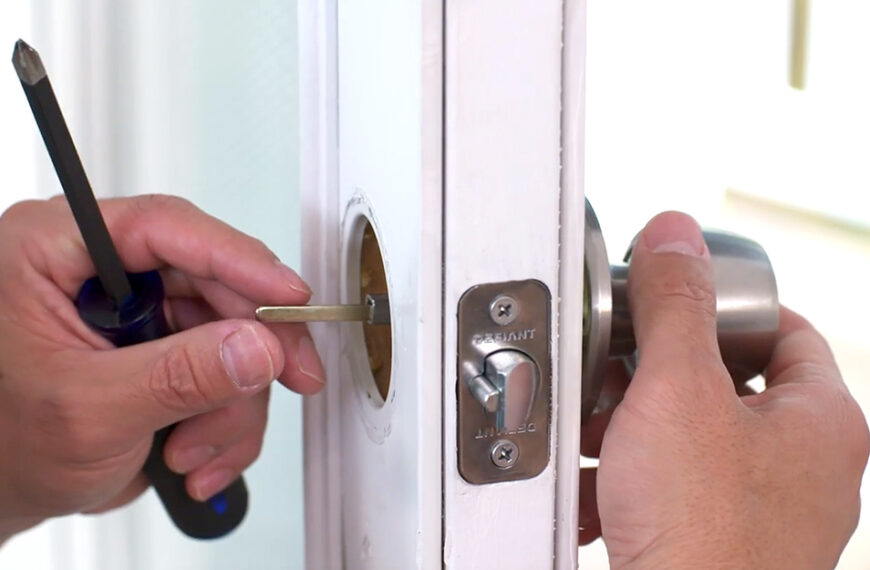Introduction
The COVID-19 pandemic has left millions with lingering respiratory complications, even after recovery. Studies show that up to 30% of COVID-19 survivors experience long-term lung issues, such as reduced lung capacity, fibrosis, and chronic shortness of breath.
Pulmonary Function Tests (PFTs) have emerged as a critical tool in assessing and monitoring these long-term effects. This article explores how PFTs work, their role in post-COVID lung health, and why they are essential for early intervention.
What Are Pulmonary Function Tests (PFTs)?
PFTs are non-invasive diagnostic tests that measure how well the lungs are functioning. They evaluate:
- Lung capacity (how much air the lungs can hold)
- Airflow rates (how quickly air moves in and out)
- Gas exchange efficiency (how well oxygen enters the bloodstream)
Common Types of PFTs
- Spirometry – Measures airflow and lung volume.
- Lung Diffusion Capacity Test – Assesses oxygen transfer from lungs to blood.
- Body Plethysmography – Evaluates total lung capacity and residual volume.
- Bronchial Challenge Test – Checks for airway hyperresponsiveness (common in post-COVID patients).
These tests help doctors detect fibrosis, COPD-like symptoms, and restrictive lung disease—common in long COVID cases.
How COVID-19 Affects Lung Health Long-Term
COVID-19 primarily attacks the respiratory system, leading to:
- Pneumonia and Acute Respiratory Distress Syndrome (ARDS)
- Lung Scarring (Pulmonary Fibrosis)
- Reduced Lung Function (Restrictive Lung Disease)
- Persistent Cough and Breathlessness (Long COVID)
A 2021 study in The Lancet Respiratory Medicine found that 6 months after infection, many patients still had abnormal PFT results, indicating prolonged lung damage.
Why Are PFTs Essential for Post-COVID Recovery?
1. Early Detection of Lung Damage
Many COVID-19 survivors experience “silent hypoxia”—low oxygen levels without noticeable symptoms. PFTs help identify these issues before they worsen.
2. Tracking Recovery Progress
Regular PFTs allow doctors to:
- Monitor improvements in lung function.
- Adjust rehabilitation plans (like pulmonary therapy).
- Detect worsening conditions early.
3. Guiding Treatment Plans
Abnormal PFT results may lead to:
- Prescription of bronchodilators or steroids
- Recommendations for pulmonary rehab
- Further imaging (CT scans) if fibrosis is suspected
4. Identifying Post-COVID Complications
Conditions like post-COVID asthma or bronchial hyperresponsiveness can be confirmed via PFTs, ensuring targeted treatment.
Real-World Data: PFTs in Post-COVID Care
- A 2022 study in CHEST Journal found that 40% of hospitalized COVID-19 patients had reduced lung diffusion capacity a year later.
- Research from Johns Hopkins University showed that even mild COVID-19 cases could lead to persistent small airway disease, detectable via PFTs.
These findings highlight the necessity of routine PFTs for COVID-19 survivors, especially those with severe initial infections.
Who Should Get a Pulmonary Function Test After COVID-19?
The following individuals should consider PFTs:
✔ Hospitalized COVID-19 patients (especially ICU cases)
✔ Those with ongoing breathlessness, fatigue, or cough post-recovery
✔ Smokers or individuals with pre-existing lung conditions (COPD, asthma)
✔ People with abnormal chest X-rays or CT scans post-COVID
What to Expect During a PFT
- Preparation: Avoid smoking, heavy meals, or bronchodilators before the test.
- Procedure: You’ll breathe into a machine following technician instructions.
- Duration: Typically 30-90 minutes, depending on the tests performed.
- Results: A pulmonologist will interpret them, discussing any concerns.
Improving Lung Health After COVID-19
Alongside PFTs, patients can enhance recovery through:
✅ Pulmonary Rehabilitation – Supervised breathing exercises.
✅ Regular Exercise – Improves lung efficiency over time.
✅ Healthy Diet – Anti-inflammatory foods support lung healing.
✅ Avoiding Smoke & Pollutants – Prevents further lung irritation.
Conclusion: The Critical Role of PFTs in Long-COVID Management
Pulmonary Function Tests are vital for detecting, managing, and mitigating the long-term lung damage caused by COVID-19. Early testing can lead to better treatment outcomes, improved quality of life, and reduced risk of chronic respiratory diseases.
If you or a loved one has recovered from COVID-19 but still experiences breathing difficulties, consult a pulmonologist about getting a PFT. Early intervention could make all the difference.
Also know Essential Qualifications for Reliable Pulmonary Function Testing














